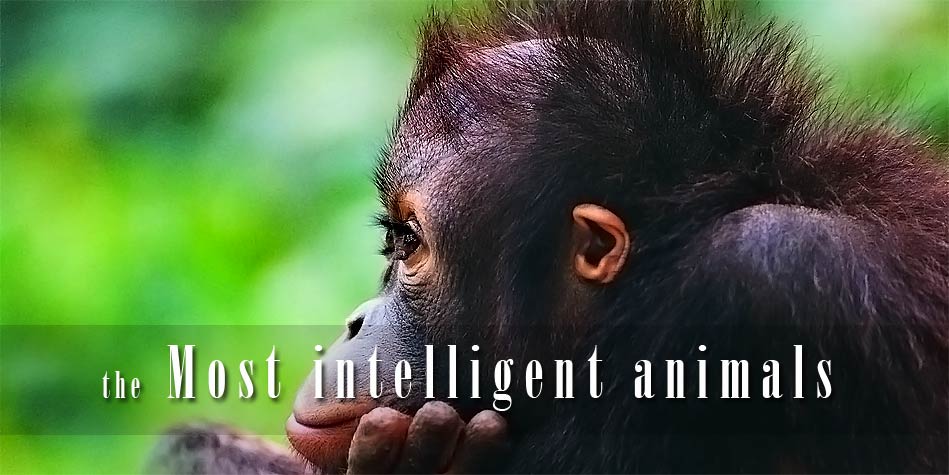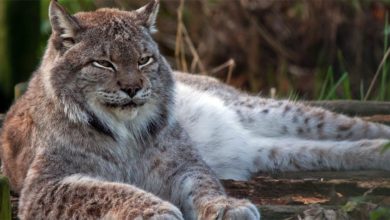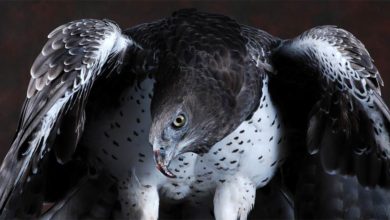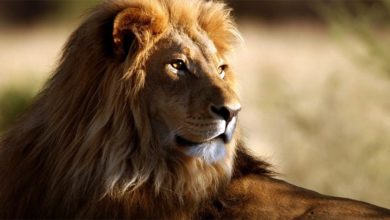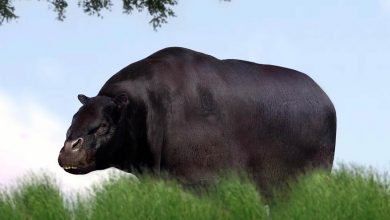The smartest animals in the world – TOP 10
Since we are two-legged beings that rule all continents, it’s sometimes hard for us to accept that there are many other intelligent creatures around us. Intelligence itself does not depend on the degree of “civilization” or a number of limbs. What determines its level and what does it manifest through in specific animals then?
Below we will try to answer these burning questions, but let us start at the beginning.
Encephalization quotient
The quotient developed by H.J. Jerison in the 1960s, also called the encephalization level, tells us how many times bigger or smaller is the average brain of a representative of a given species than the predicted size of the brain of an animal of its typical size. This type of intelligence measurement is less “clinical” than the brain-to-body mass ratio because the method considers such parameters as the amount of energy used by the brain and body.
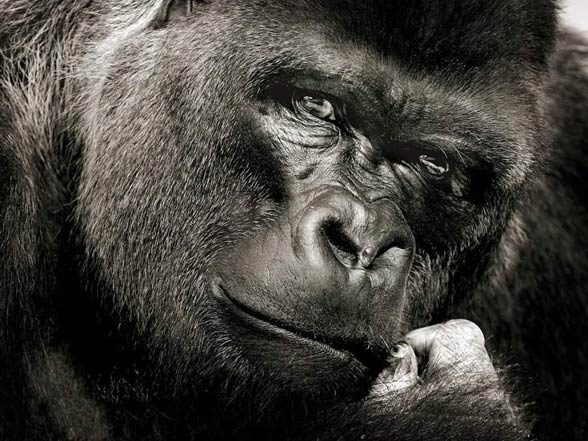
Brain size
It has been observed that the brain size is larger in large animals, i.e., large animals usually have bigger brains than smaller animals. What is interesting, small mammals have relatively bigger brains than big representatives of the phylum, e.g. mice have similar brain-to-body ratio as humans (1:40), and elephants have relatively small brains compared to their overall size – this ratio is 1:560, although elephants are among the most intelligent animals in the world.
Human and animals
Most mammals are born with a brain whose weight constitutes 90% of the brain weight of an adult individual. The human brain is only 28% of the target weight at birth, and, for comparison, the brain of a small chimpanzee weighs about 54% of the adult brain, a young dolphin’s brain is 42.5%, and a young elephant’s brain is 35%.

Language – a manifestation of intelligence
Language is the exchange of information, in the world of animals we can find many examples of communication; from instinct behaviors (marking territory with scents, body posture emphasizing domination or docility) to learned verbalization of emotions and intentions.
Only conscious beings can learn spoken language, so it applies not only to people but also to many (if not all) animal species.
The most evident example of complex communication methods are sounds made by cetaceans, especially common bottlenose dolphins (Tursiops truncatus) and humpback whales (Megaptera novaeangliae).
While dolphins use a system of squeaks and whistles, humpback whales produce complex, long songs that can travel many kilometers.
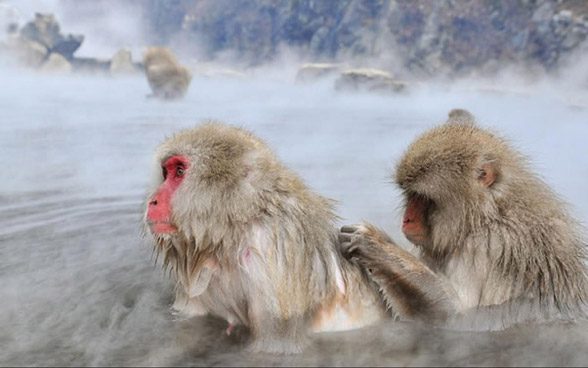
Learned language
Sounds made by grivets (Chlorocebus aethiops), which have 3-4 words warning against a predator are another example of a learned language. When a monkey sees an eagle, it produces a warning sound, and then the rest of the group jumps down the trees and seeks shelter.
Another sound may be translated into: “Warning, a leopard!”, after which monkeys jump on trees.
When there is a python approaching, grivets make yet another sound, and the response to it is to stay in one place and observe the surrounding area to detect the slithering killer.
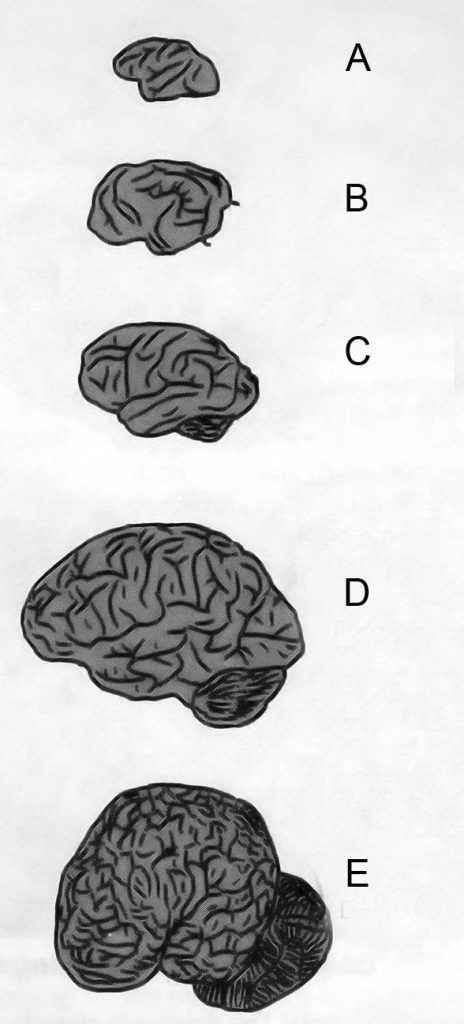
Skeptical voices
Skeptics may say that these sounds arise from instincts, but there are two strong arguments that these behaviors are, actually, learned:
- Young grivets do not understand these signals.
- Different groups use different “words” to determine the same animal.
So what animals can astonish us with their intelligence?
Let the following list be the answer to this question. The list will surely not cover animal intelligence exhaustively. If we were to prepare a comprehensive ranking, it would certainly consist of plenty of pages – the list would include orangutans, gorillas, killer whales, parrots, octopuses (they can open a jar) or rats.

